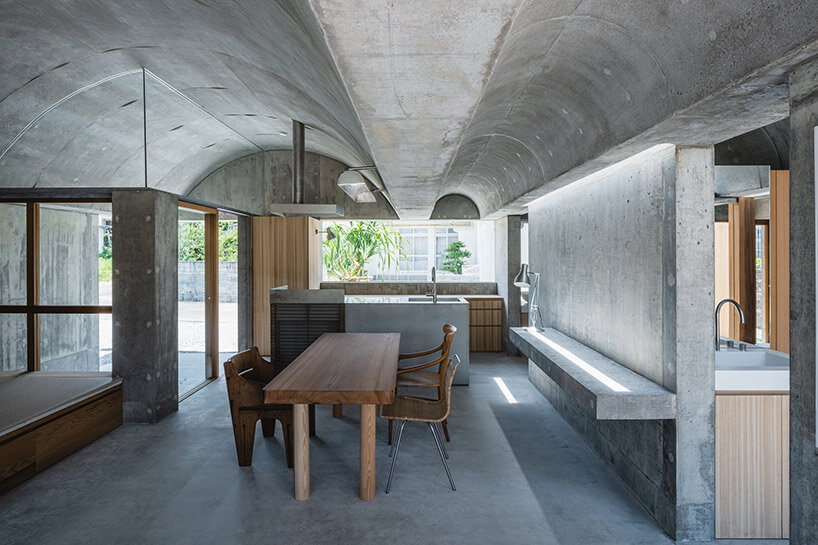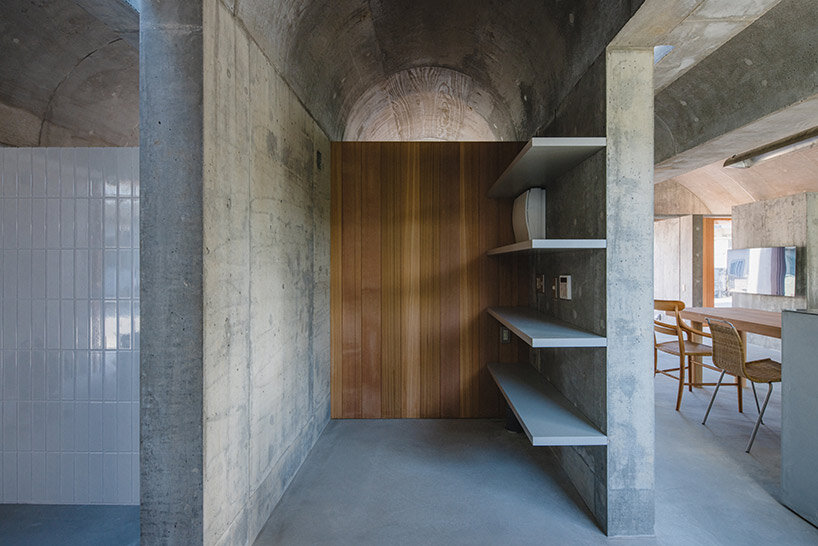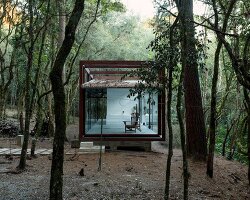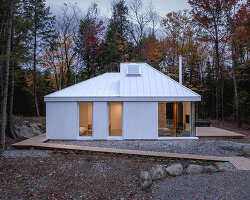
the one-story structure allows for easy access to tractors and cultivators from any direction
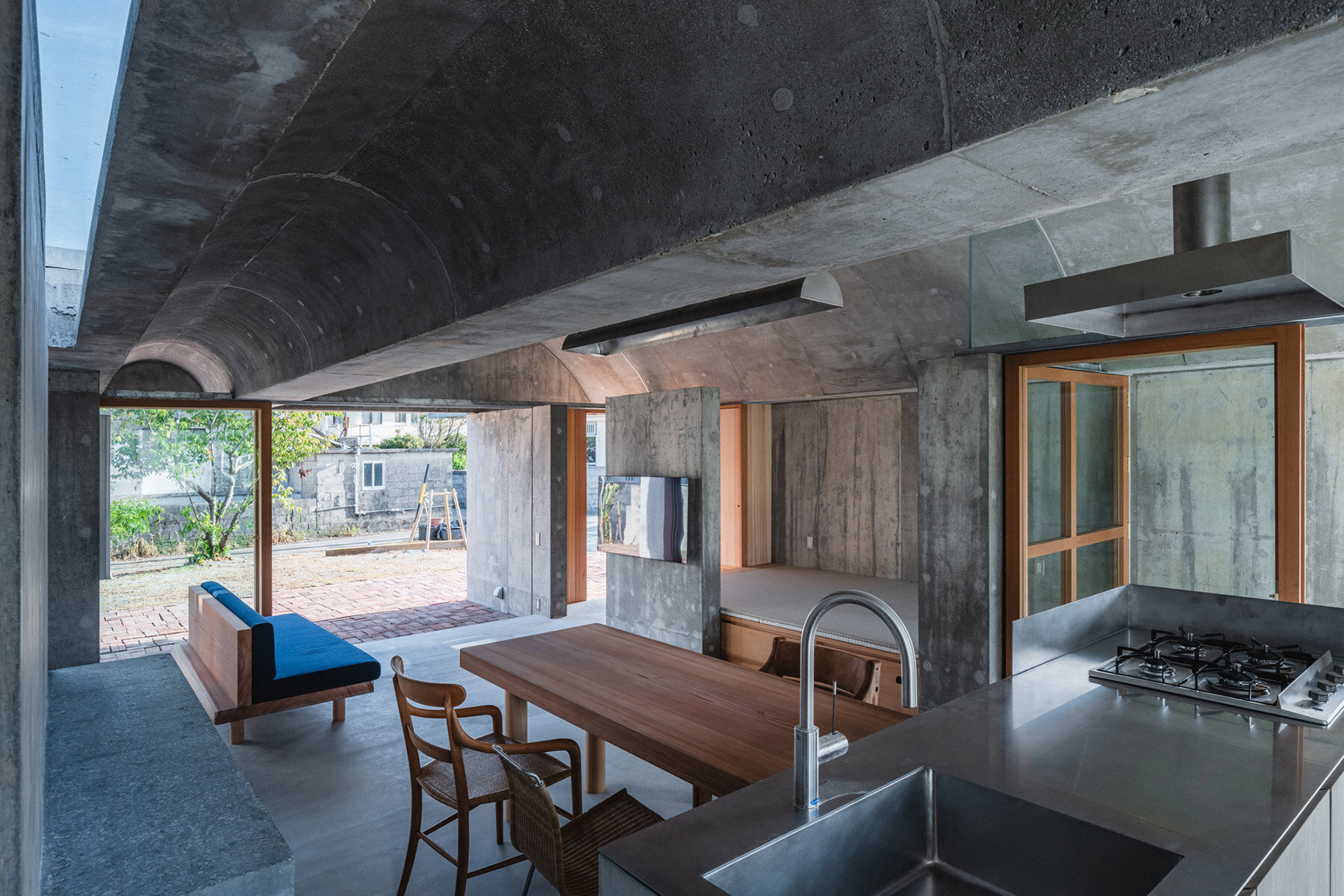
subtle gaps between the vaults and exterior walls introduce ambient sunlight overhead
KEEP UP WITH OUR DAILY AND WEEKLY NEWSLETTERS
PRODUCT LIBRARY
do you have a vision for adaptive reuse that stands apart from the rest? enter the Revive on Fiverr competition and showcase your innovative design skills by january 13.
we continue our yearly roundup with our top 10 picks of public spaces, including diverse projects submitted by our readers.
frida escobedo designs the museum's new wing with a limestone facade and a 'celosía' latticework opening onto central park.
in an interview with designboom, the italian architect discusses the redesigned spaces in the building.

 images ©
images © 
 deep overhangs shelter semi-outdoor spaces
deep overhangs shelter semi-outdoor spaces
 the house opens up with seamless, gradual transitions between the interiors and exteriors
the house opens up with seamless, gradual transitions between the interiors and exteriors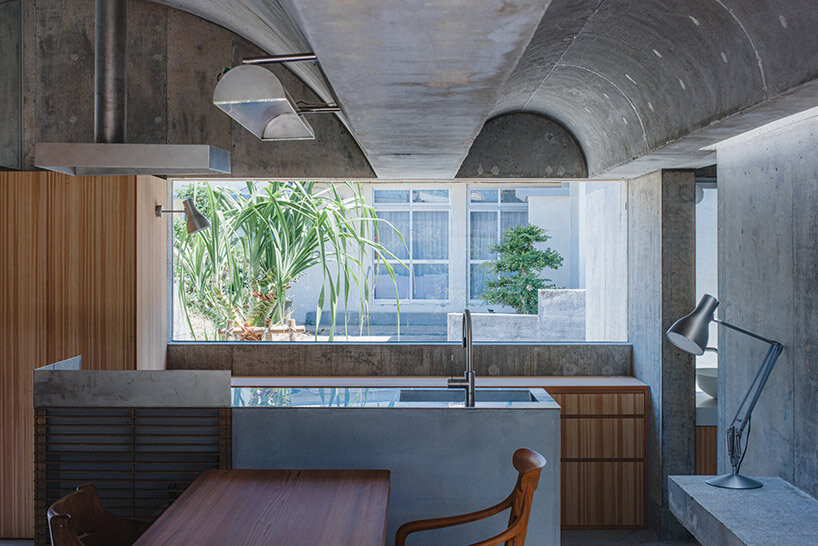 large windows flood the space with soft natural light
large windows flood the space with soft natural light